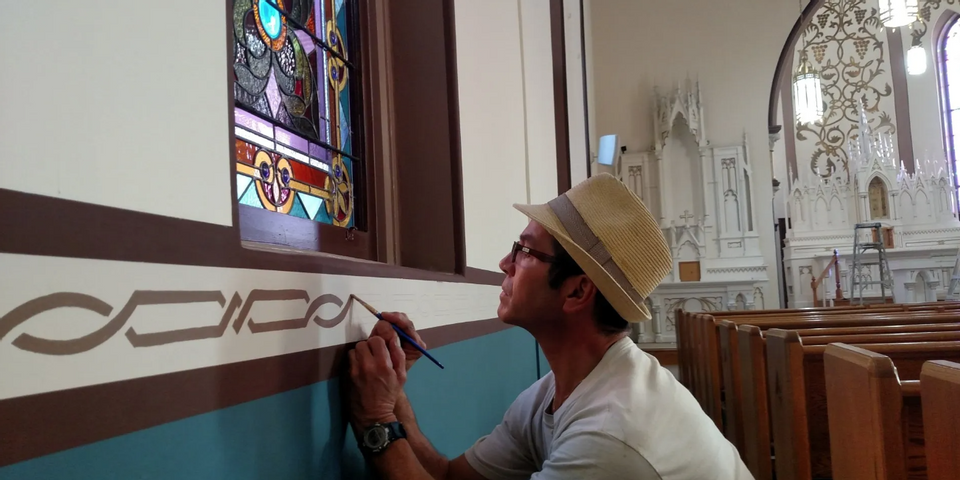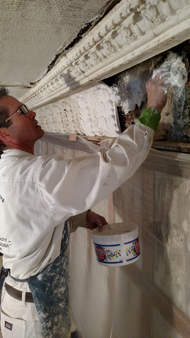
Plaster is a mixture of clay, gypsum, sand, and lime that hardens when exposed to air. Ornamental plaster highlights and creates unique architectural elements to add interest to buildings. Here are four ways to use this element in your home or business.
How is Ornamental Plaster Used?
1. Medallions
Many luxurious buildings with high ceilings feature medallions, rounded protrusions in the center of the ceiling. These elements are symmetrical and may have flowers or shapes in the center. Layers of circular patterns can expand the medallion and draw onlookers' eyes to the ceiling. Some medallions have spokes running from the outer edge across the ceiling like beams to add further architectural interest.
2. Domes
Greco-Roman architects use domes to encourage people to look toward the ceiling. Many public buildings like capitals, churches, and libraries have domes that encompass the entire top of a room or a several-foot area in hallways. Domes often have flat finishes with paintings or showcase intricate ornamental plaster, such as scallop designs or repeating leaves.
3. Cornice Moldings
 Many people refer to cornice molding as crown molding. These ornamental plaster characters reside on doorways, over built-in fixtures, and around windows. The trim may be simple with a few horizontal layers, or ornate with carvings of leaves and flowers. Molding can have one layer or many, elongating the wall and making the ceiling appear taller.
Many people refer to cornice molding as crown molding. These ornamental plaster characters reside on doorways, over built-in fixtures, and around windows. The trim may be simple with a few horizontal layers, or ornate with carvings of leaves and flowers. Molding can have one layer or many, elongating the wall and making the ceiling appear taller.
4. Fireplace Surrounds
Artists may create ornamental plaster columns, or pilasters, on either side of the fireplace. Some make a mantel with a decorative bottom or unite these side features with a wood or stone version. Scallops and inlays can make the material look like expensive wood to cultivate a more modern look. This decor can also carry on above the fireplace, adding depth to the room by using the entire wall to frame the fireplace.
Contact Old World Plastering in Cincinnati, OH, if you need an expert plastering contractor. The owner, Greg Colina, is a craftsman who focuses on detailed work to preserve and maintain ornamental plaster. Visit the website or call (513) 481-1122 to learn how he performs traditional and specialized application techniques.
About the Business
Have a question? Ask the experts!
Send your question

